CULTURE
Witchcraft: Lawmakers are in a ‘Catch-22’ situation
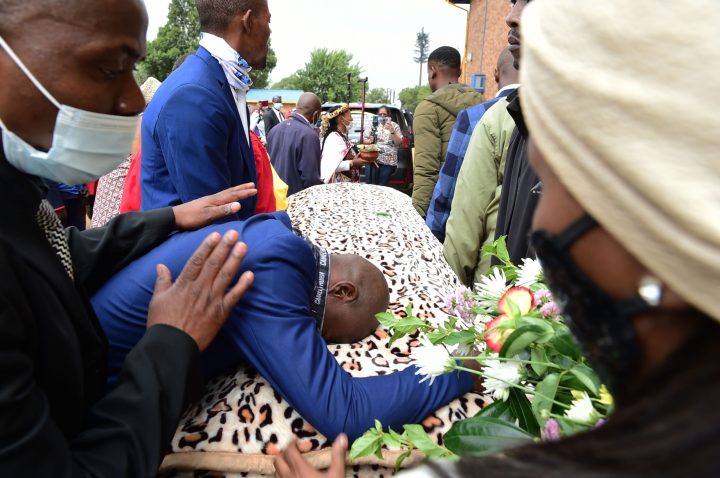
Witch killings continue unabated in rural South Africa – so why has the rewriting of apartheid legislation ground to halt? Drew Forrest looks at a vexed issue for the country’s rulers.
The baloi, abathakathi and amagqwirha are still at it, it seems. Since the fall of apartheid there has been a steady but largely unremarked-on stream of witch killings in rural South Africa.
Press reports point to about 70 violent incidents since 2000, with about 100 people murdered, often gruesomely. Almost all were in the country areas of Limpopo, Mpumalanga, the Eastern Cape and KwaZulu-Natal.
Witchcraft is an expression of the animist belief in unseen spirit beings and supernatural causality. The witch, through an innate gift or the sorcerer’s magical aids – umuthi in Zulu, sehlare in Northern Sotho – is seen as channelling these occult powers to harm others, generally out of revenge or envy.
The typical trigger for a witch denunciation is a baffling misfortune, such as a lightning strike, disease or unexpected death. Witchery is the yin that counterbalances the yang of ancestor veneration, a force for social cohesion.
But if Limpopo is any guide, the ritual drama of the witch hunt by an incensed mob, often climaxing in the inferno of an impoverished old woman and her home, is a recent pathology.
Anthropologist Isak Niehaus, a South African now lecturing at London’s Brunel University, has studied the evolution of witchcraft in Green Valley, near Acornhoek in the far northeast. His Witchcraft, Power and Politics records that the first contemporary witch killings took place in the 1970s.
Witchcraft beliefs are age-old, but Niehaus was told of just 27 allegations in the age of subsistence agriculture before 1960, suggesting an infrequent visitation rather than an obsessional concern.
The Swiss missionary Henri Junod noted just one witch execution among the Tsonga at the turn of the 19th century, when the routine penalty was the fine of £1 or a few goats. Older people told Niehaus that some sorcery, such as counter-magic or spells against thieves, was tolerated.
In stark contrast, the Ralushai Commission of Inquiry, appointed by the ANC-ruled Northern Province in 1995, documented 389 witchcraft-related murders over the preceding decade. To the strains of freedom songs, youthful Comrades “necklaced” 47 alleged witches in a single auto-da-fé.
What had changed?
In part, the new intolerance reflected the wider crisis of youth dominance in the nationwide uprisings of the 1980s.
The Comrades saw themselves as imposing political leadership in a context where the chiefs, discredited as agents of apartheid, were considered unable to combat the witch “menace”. Witches and state agents were viewed as part of the same antisocial conspiracy, with the necklace deployed against both.
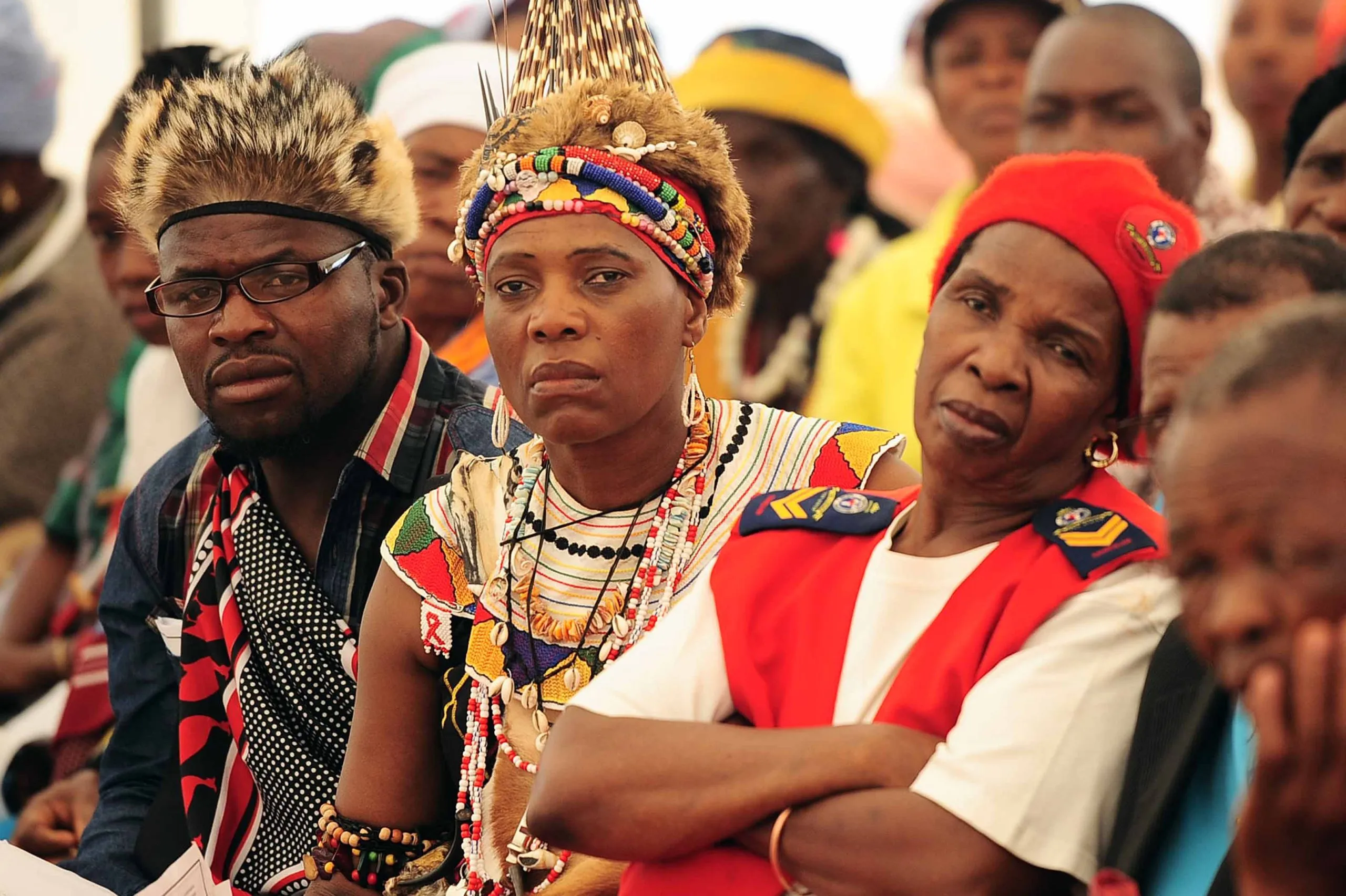
Traditional healers seated during the campaign against ritual killings and witchcraft on March 30, 2015 at Helena or Baloi, a small village in Limpopo, South Africa. The village is made up of residents who were chased from neighbouring communities after being accused of witchraft. (Photo by Gallo Images / Sowetan / Thulani Mbele)
Once the ANC took power, the children were sidelined – but in sporadic outbreaks their outlook and methods live on.
Structurally, Niehaus argues that the Nationalist government’s agricultural “betterment” schemes disrupted long-established settlement patterns in Green Valley, while the destruction of the last vestiges of subsistence farming fuelled labour migration.
The effect was to undermine bonds of mutual aid and deepen social divides in a once close-knit community; neighbourly envy and resentment were volatile fuel for rituals and spells.
For the better-off, witches were dangerous levellers “who were against progress and prosperity”, Niehaus writes. “Some… were assumed to kill their neighbours because they wanted to see their families suffer as they did themselves.”
He cites a well-known ngaka (healer) whose clientele dwindled when she built a new house. Discovering sehlare at her gate, she blamed her green-eyed neighbours for driving clients away.
In his brilliant account, Religion and the Decline of Magic, Keith Thomas discerns similar processes behind the English witch craze of the 16th and 17th centuries, as class divisions started to fragment the medieval peasantry.
With the breakdown of the manorial system, amid widespread rural distress and beggary, villagers “might turn a begging woman brusquely from the door, yet suffer torments of conscience… The ensuing guilt was fertile ground for witchcraft accusations,” he writes.
Similar guilt might have prompted six Green Valley men to accuse their parents of witchcraft – after failing to support them.
Another tributary of witch hysteria, both in Africa and Europe, has undoubtedly been Christianity, especially of the Pentecostal type.
Green Valley had four churches in 1965; by 1992 there were 26, mainly of the Zion Christian Church variety.
The ZCC preaches a “prosperity Gospel” that promises worldly rewards – unless these are supernaturally thwarted. Against the traditional notion of the spirit world as ambiguous and approachable for both good and ill, it promoted dualistic ideas of the Holy Spirit the Comforter and witchery as the “predominant expression of evil”.
Again, Europe offers a parallel: the Dark Ages had no witch craze, writes historian Hugh Trevor-Roper, only “a scattered folklore of peasant superstitions” disdained as fragmentary vestiges of paganism.
Laying the ideological groundwork for systematic persecution was the demonology Malleus Maleficarum (Hammer of the Witches) penned by two fanatical Dominican friars in the late 15th century.
This advanced the idea of witchcraft as Devil worship, demanding the death penalty, alongside the entire satanic folderol of covens, night flying, familiars, incubi and succubi, and orgiastic sex with the Evil One.
The Malleus makes much of women’s weakness and susceptibility to Satan’s wiles, lending support to the feminist idea of witch hunting as large-scale gender violence. (Thomas disagrees, suggesting old women were targeted because they were at the bottom of the heap and heavily reliant on their neighbours’ charity.)
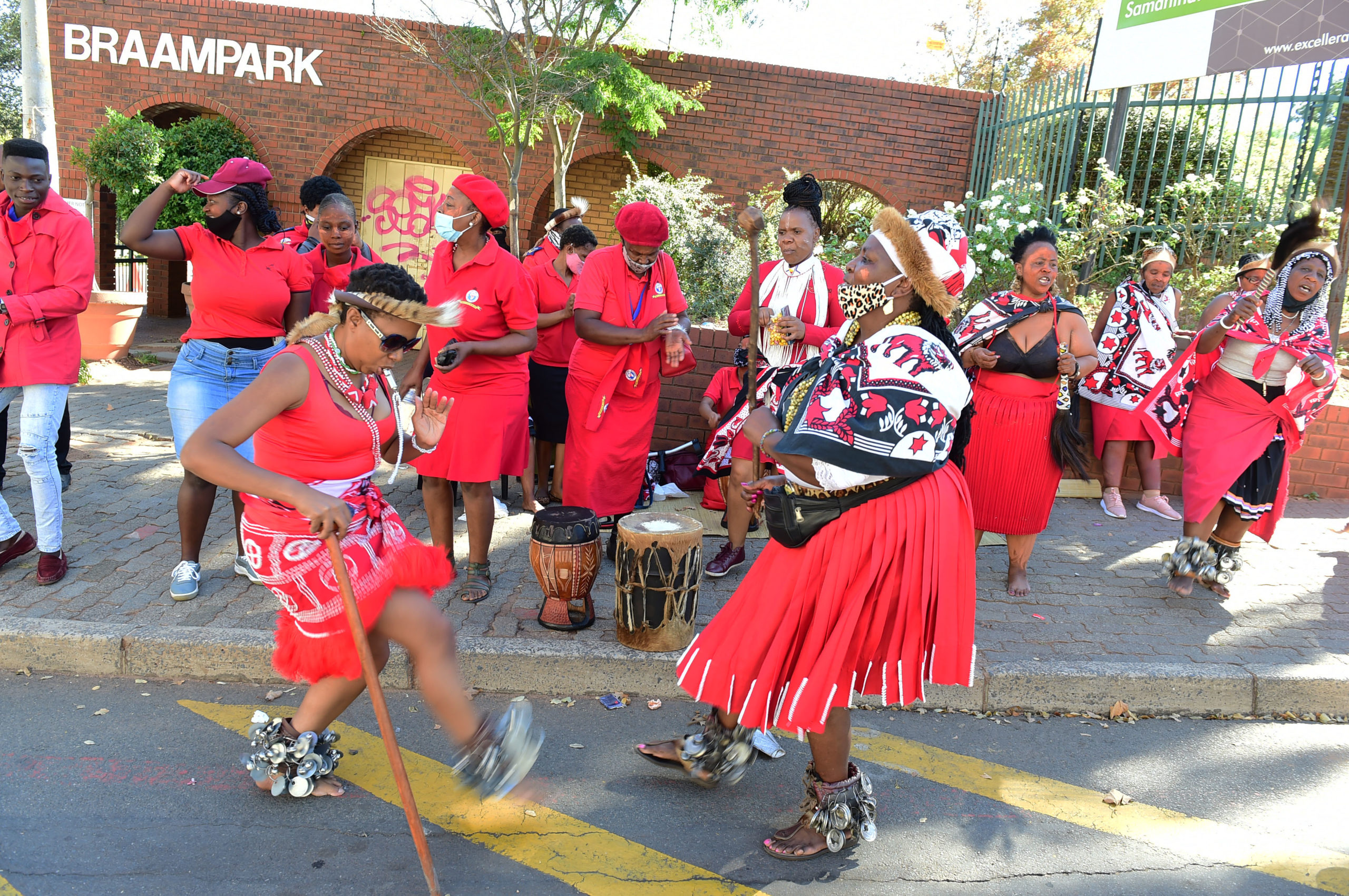
Traditional healers picket outside SA Human Rights Commission demanding more protection on April 12, 2021 in Soweto, South Africa. The protest follows the killing of Gogo Jostina Sangweni who was accused of witchcraft by her attackers. (Photo by Gallo Images/Daily Sun/Morapedi Mashashe)
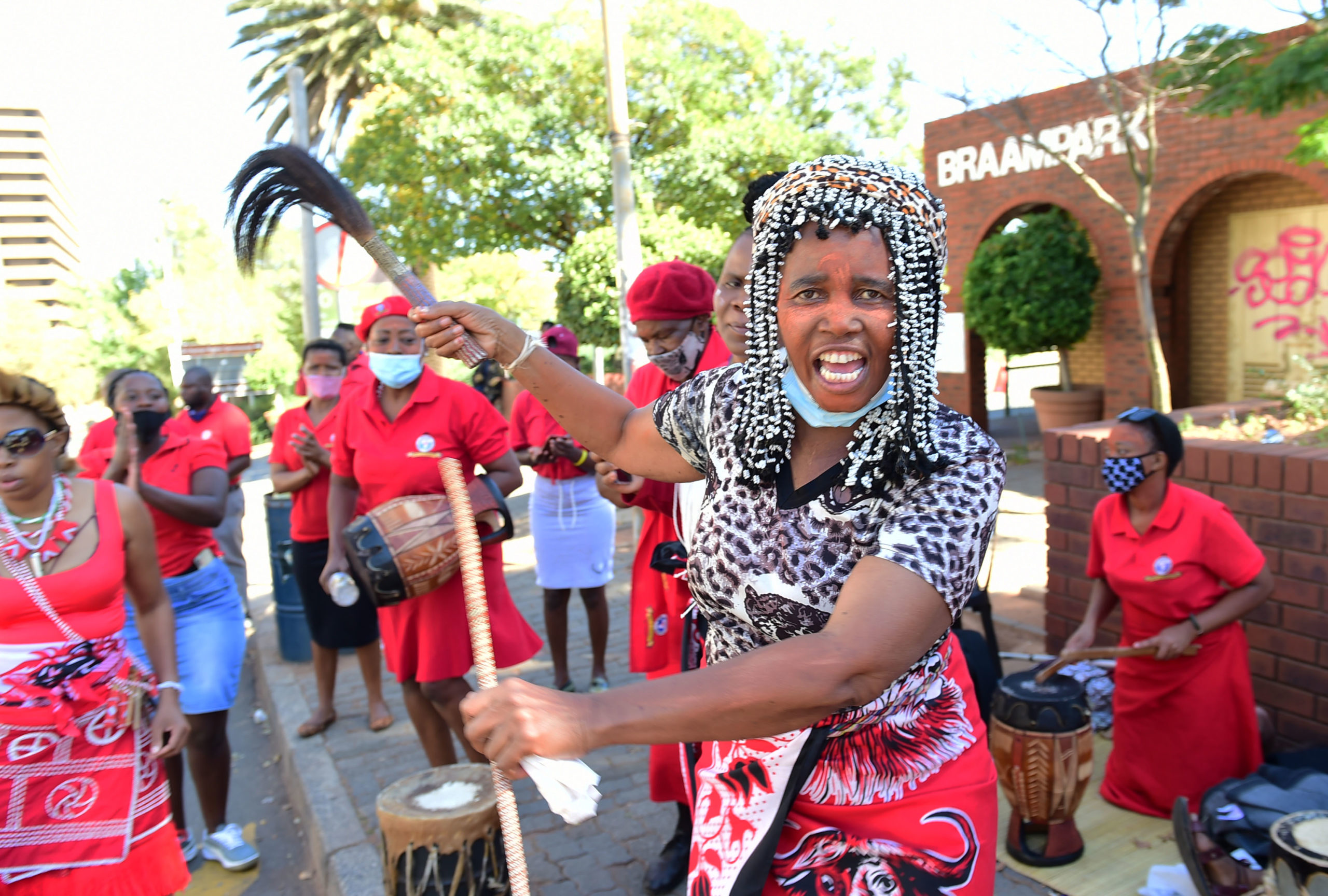
Traditional healers picket outside SA Human Rights Commission demanding more protection on April 12, 2021 in Soweto, South Africa. (Photo by Gallo Images/Daily Sun/Morapedi Mashashe)
The malign influence of American-style Pentecostalism is nowhere clearer than in Nigeria’s Niger delta, the source of enormous oil wealth, but a vortex of separatist conflict and banditry and the oil-polluted home to some of the world’s poorest people.
Here the targets are an even more powerless group – children, some as young as five, who are brutalised to confess to witchcraft and killed or driven from their villages.
The delta is reputed to have more churches per square kilometre than anywhere else on Earth. They include the Liberty Gospel Church of Helen Ukpabio, a politically connected “evangaqueen” who has grown rich by exorcising child witches.
Ukpabio’s repulsive film End of the Wicked purports to show possessed children rising from their bodies at night to join witch covens, where they feast on human flesh and plot the downfall of their families.
A rarity in Nigeria until the 2000s, such allegations have been hugely amplified both by the greed and hobgoblins of “supernatural entrepreneurs” and the Nollywood film industry’s obsession with witches and “juju”.
In uncontaminated African tradition there is no concept of the Devil as God’s Manichaean antagonist, nor of witch covens that gather in the moonlight to kiss him under the tail.
It is in conditions of intense insecurity, where they prey on popular fears, that witch hunters mainly flourish. Matthew Hopkins, the ill-famed “Witchfinder-General” who charged up to £23 to clear a village, rose to prominence in the fraught and disrupted England of the Civil War.
In Africa, the children most exposed to witch accusations are those who have been prised from their villages as refugees or kadogos (child soldiers), and are no longer considered deserving of protection.
Child witch crazes have erupted in war-torn Liberia and the DRC – 20,000 children are said to roam the streets of Kinshasa, many of them former witch accused.
The basic psychology of the witch craze – fear of a vast occult conspiracy of malefactors – is, of course, very far from exclusive to Africa.
Playwright Arthur Miller used the 17th-century Salem witch trials as a metaphor for Joe McCarthy’s anti-communist inquisition in the 1950s. In a distinctly medieval trope, QAnon stirs together anti-Semitism and a global network of satanic sexual deviants.
In South Africa the pendulum has swung the other way: urging that Africans should be judged by African norms, the Ralushai commission called for witchcraft beliefs to be recognised in law as integral to African culture and a reality for most South Africans.
It called for the repeal and rewriting of the 1957 Witchcraft Suppression Act – which provides heavy penalties for the “pretended exercise” of supernatural power – as a colonial perversion motivated by “imperial science” and contempt for perceived African superstition.
In 2016, in an attempt to balance the constitutional freedom of religion with the rights of victims “devastated” by witchcraft-related violence, the South African Reform Commission released a draft law that shifted the focus away from belief to “harmful practices”.
The clumsily named Prohibition of Witchcraft Practices Associated with Witchcraft Beliefs affirmed the right to believe in witches and to call oneself a witch – an apparent concession to European-style “pagans”. More controversially, it criminalised witch accusations and the use of witch diviners – but only if the intention was to stigmatise or cause physical or psychological harm.
It is unclear how the “harmless intentions” of a witch finder or accuser could ever be tested, and how one could name someone as a witch in rural South Africa without stigmatising them.
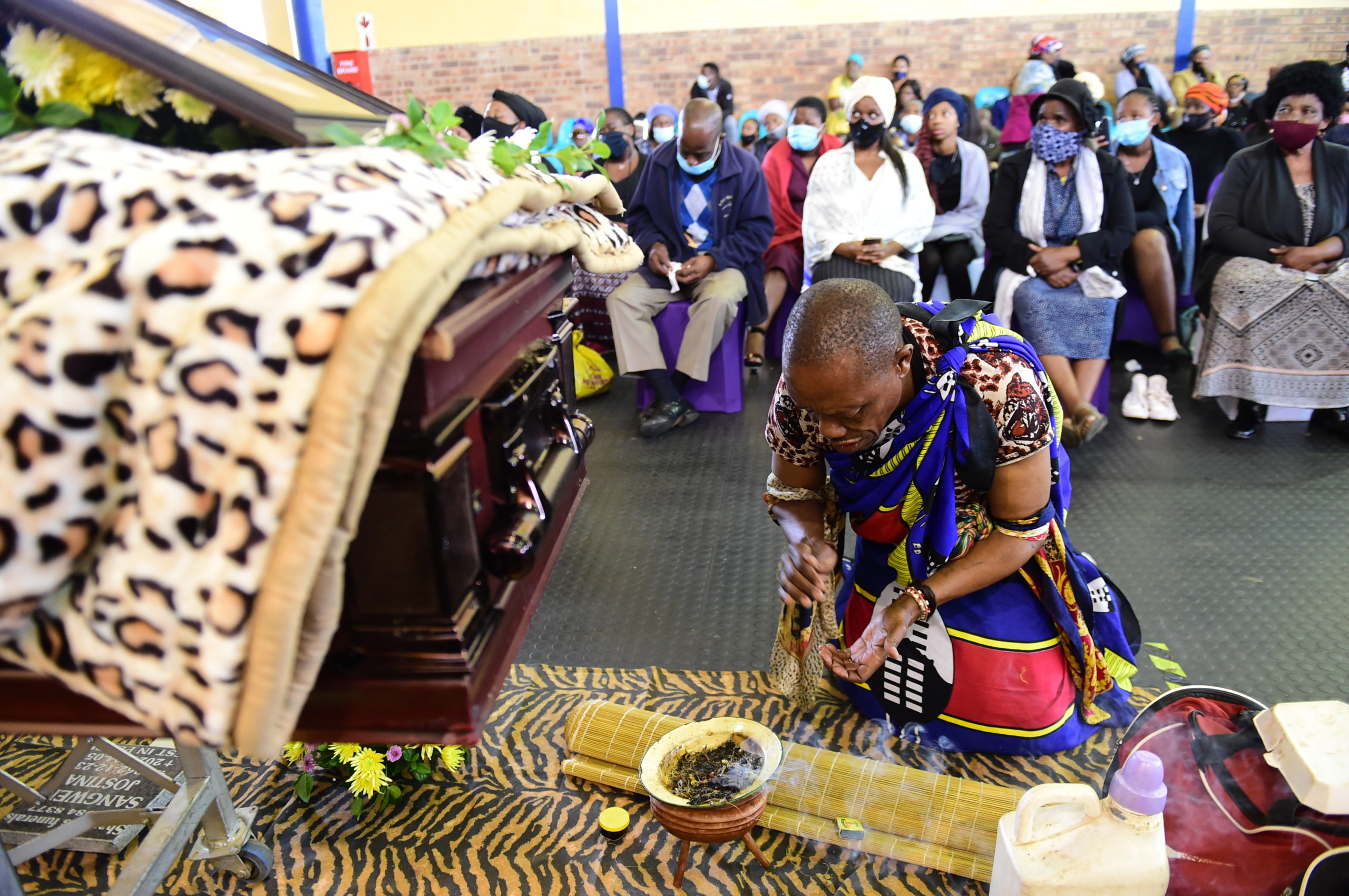
Friends and family attend the funeral service of Gogo Jostina Sangwena at Naledi Community Hall on April 17, 2021 in Soweto, South Africa. It is reported that Gogo Jostina Sangweni was killed after being accused of witchcraft by her attackers. (Photo by Gallo Images/Daily Sun/Morapedi Mashashe)
But the larger question is: with the criminal law already covering murder, assault and intimidation, and witchcraft accusations potential crimen injuria, what is the point of legislating?
Niehaus sees it as a side-issue that will have little effect on the lives of the rural millions, and that lawmaking has become entangled with the identity politics of the elite. This may explain why, five years on, the legal process seems terminally bogged down.
“The lawmakers are in a Catch-22 situation: if you construct witchcraft as superstition, you are un-African. If you affirm witchcraft as a reality, you condone violence against accused witches,” he says.
The heart of the matter is not African identity but the rampant poverty, insecurity and ill-health in the erstwhile Bantustans, Niehaus argues. He believes there can be no lasting solution to witchcraft-related violence until the “predicaments, fears and anxieties of the believers” are addressed. DM/ML

















 Become an Insider
Become an Insider
Comments - Please login in order to comment.